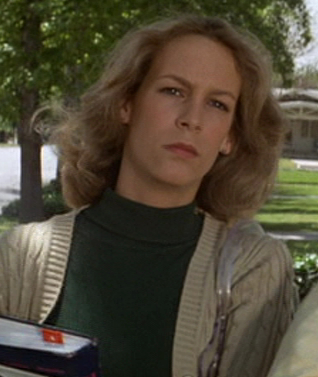Friday the 13th Part
2 (1981)
Friday the 13th Part III (1982)
Friday the 13th: The Final Chapter (1984)
Friday the 13th: A New Beginning (1985)
Friday the 13th Part VI: Jason Lives (1986)
Friday the 13th Part VII: The New Blood (1988)
Friday the 13th Part VIII: Jason Takes Manhattan (1989)
Jason Goes to Hell: The Final Friday (1993)
Jason X (2002)
Freddy vs. Jason (2003)
Friday the 13th (2009)
Reviews
Friday the 13th Part III (1982)
Friday the 13th: The Final Chapter (1984)
Friday the 13th: A New Beginning (1985)
Friday the 13th Part VI: Jason Lives (1986)
Friday the 13th Part VII: The New Blood (1988)
Friday the 13th Part VIII: Jason Takes Manhattan (1989)
Jason Goes to Hell: The Final Friday (1993)
Jason X (2002)
Freddy vs. Jason (2003)
Friday the 13th (2009)
Reviews
Friday the 13th - "A hugely influential film that contributed to the 1980s horror boom." Matt Ford
BBC
Friday the 13th Part 2 - "Not as good as the original, but still pretty fun, it serves up more of the same and continued to be fresh enough before its many other sequels got too silly." Kevin Carr
7M Pictures
Friday the 13th Part III - "Not since Psycho has a movie taken such advantage of the phallic nature of slasher horror." Peter Canavese
Groucho Reviews
Friday the 13th original VS. Friday the 13th remake
There are only a few differences in the plot, but the biggest difference between the films is that the attitude of the kids. In the original series, the kids were sometimes strange and quite annoying, but for the most part they were likeable. In the remake, the kids were shallow, self centered, and seemed to have never worked a day in their life. Most of them were there to party and nothing more, it became difficult to care what fate had in store for them. The main exception to this rule in the remake is Jared Padalecki’s character who is roaming the wooded area looking for his sister who is missing and who locals believe is already dead.










